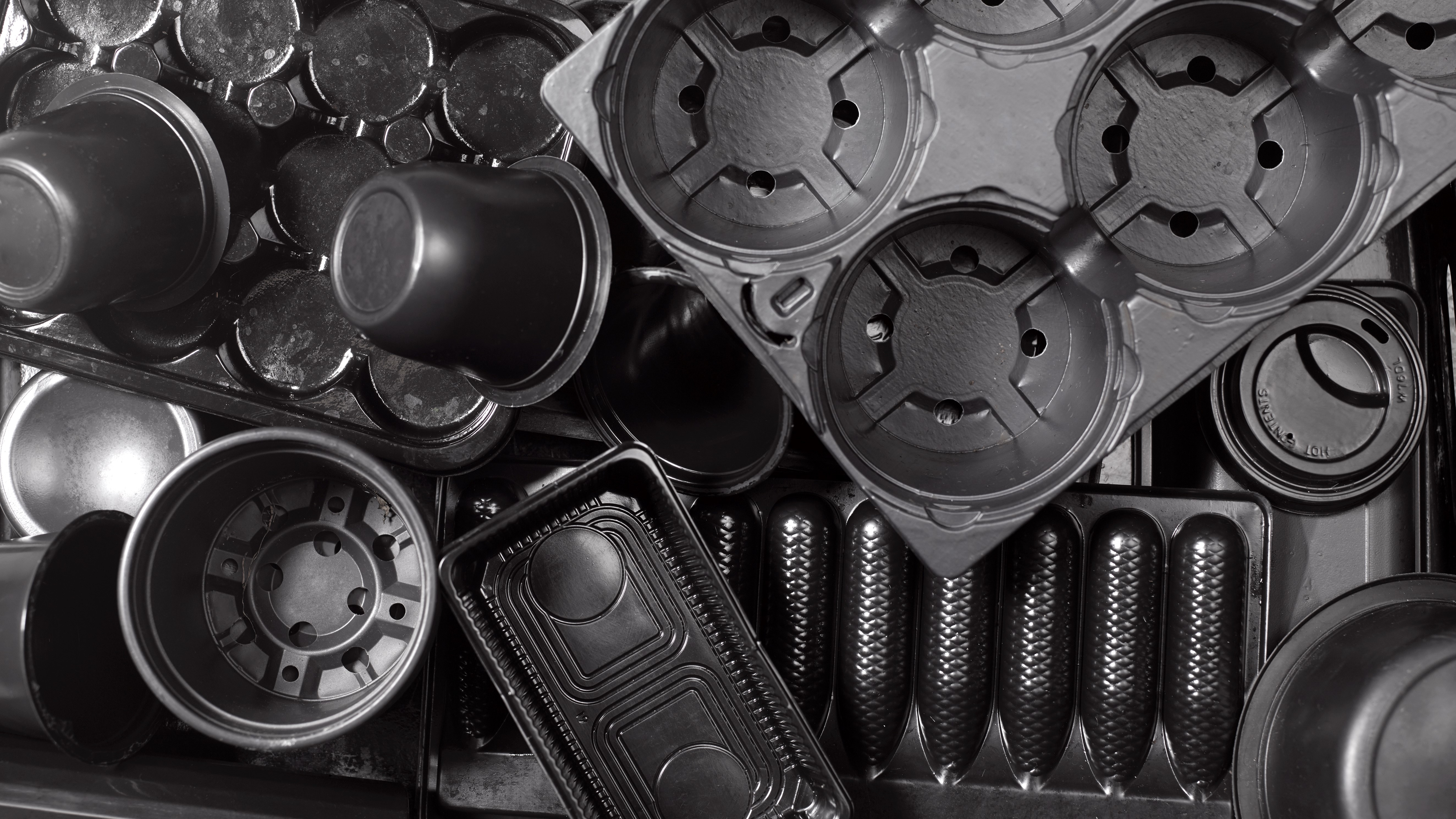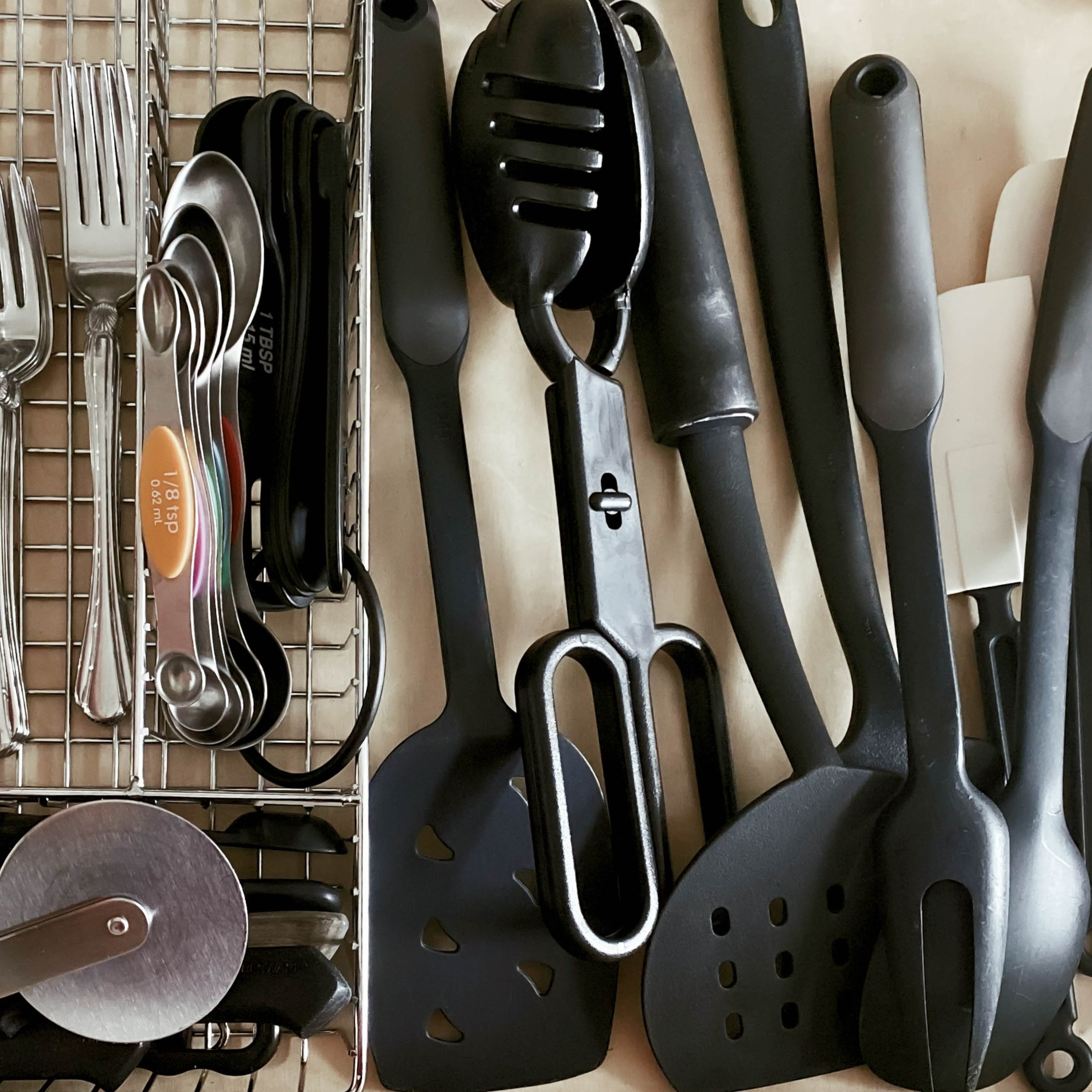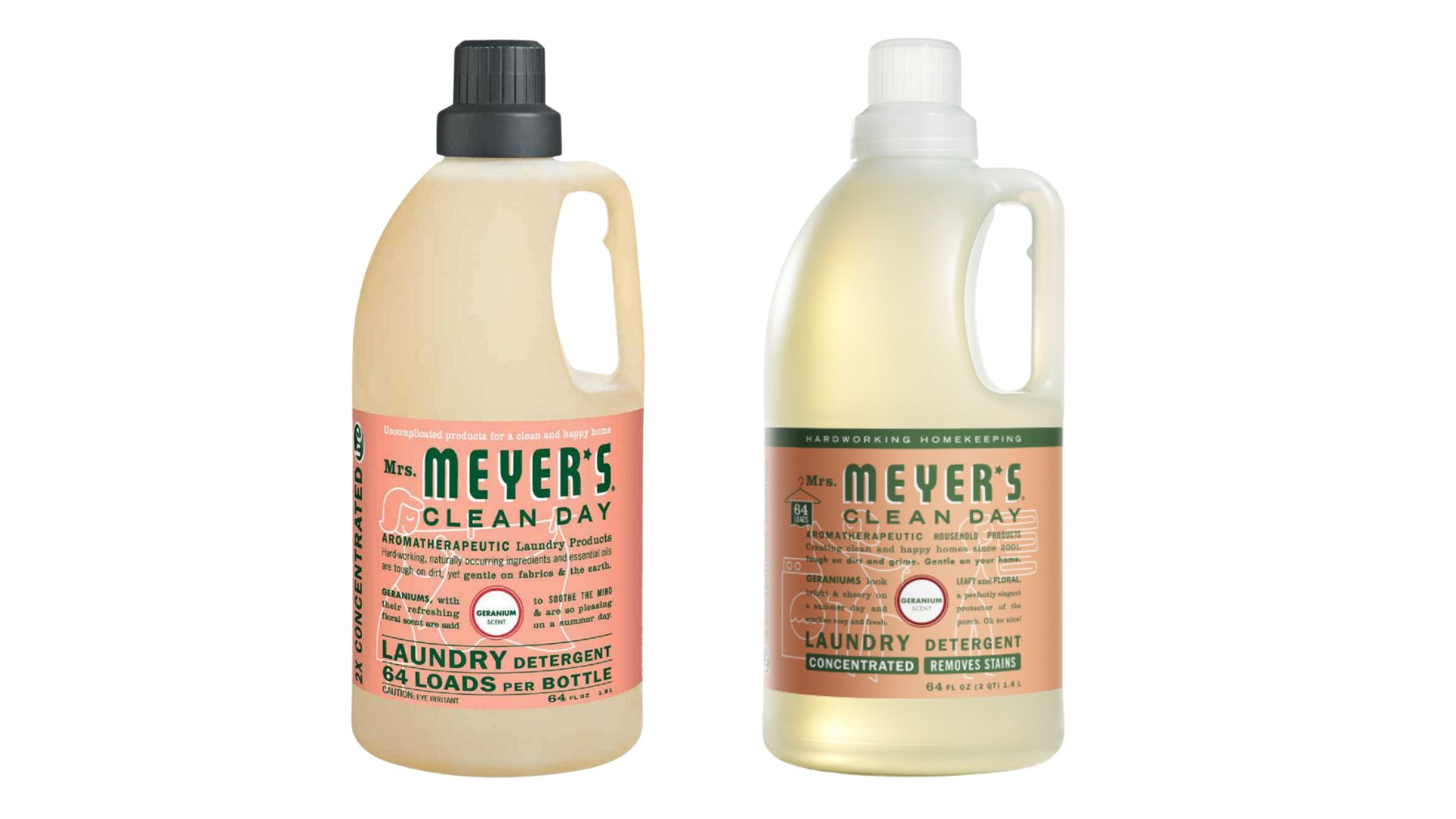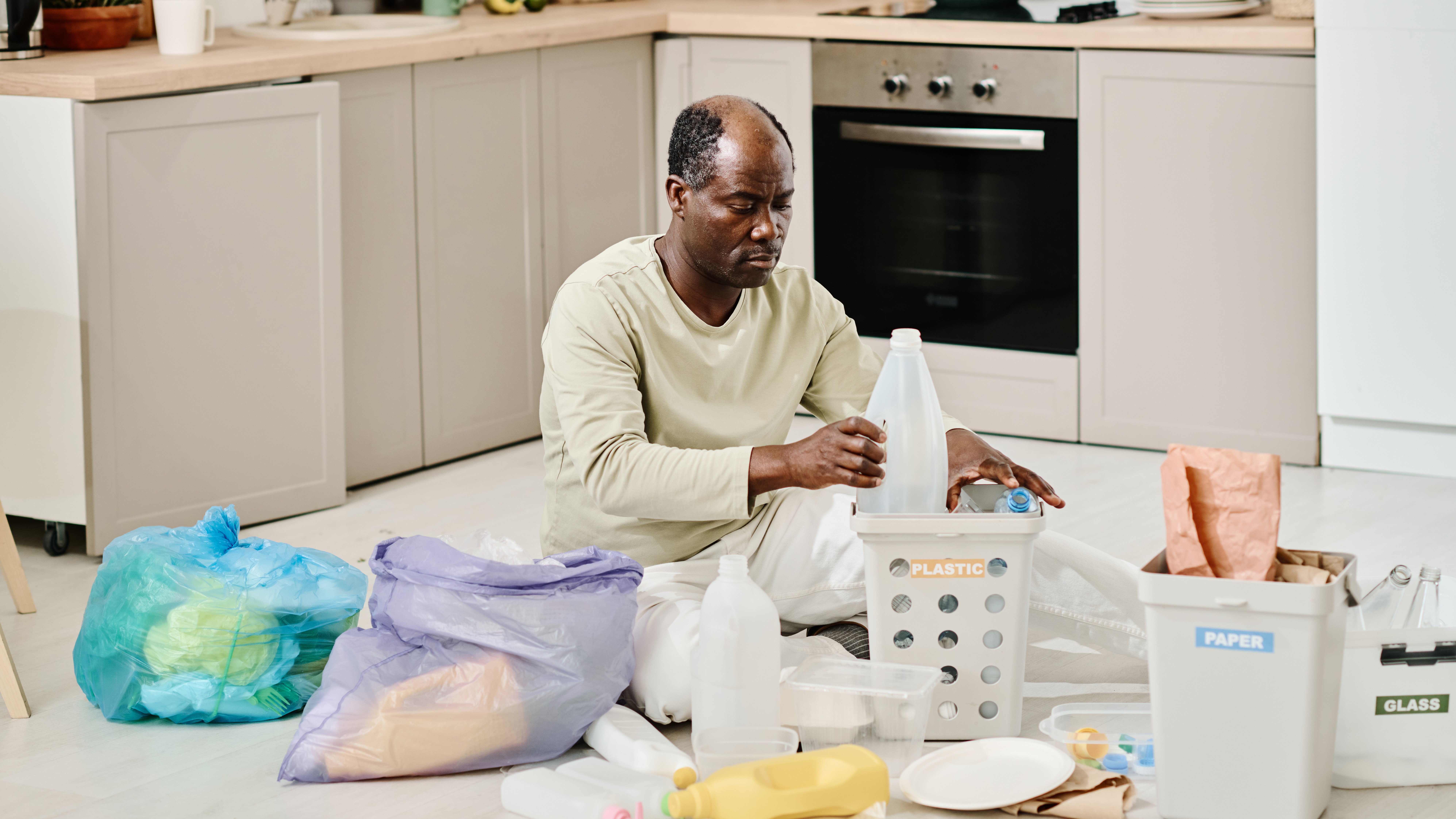Uh oh. That black plastic in your recycling bin probably isn’t actually being recycled
If you put plastics in your recycling bin, you count on the fact they’re being recycled, right? Unfortunately, there’s a chance one type of plastic is ending up in landfills instead – black plastic.
How’s black plastic different from other plastic?
It’s not that it’s not recyclable. Black plastic can be recycled to make other dark-colored plastic items. Unfortunately, a lot of black plastic is undetectable during automated recycling processes. So while you may put it in your recycling bin, it ends up in a landfill instead.
The problem happens when your recyclables reach a materials recovery facility (MRF) for sorting. Many MRFs now use near-infrared technology to scan items as they travel down the recycling belt and sort them into categories for proper handling
Near-infrared scanners don’t “see” carbon black, the most common pigment used for dying plastic black. As a result, these items typically get skipped. They continue down the belt rather than being diverted for recycling.

Well, can’t I just avoid black plastic?
You can try, but black plastic is pretty common. Open your kitchen and bathroom cabinets and spend a few minutes taking inventory. You might be surprised how many black plastic items you’ll find!
Sometimes it’s not the entire package, but a black cap, sprayer or tray. From cosmetic packaging to condiments, deli trays to takeout containers, black plastic continues to be used across many types of products.
And, unfortunately, wherever packaging has black plastic parts, they can lead to recycling challenges.


But there must be a solution, right?
There is! As part of its “Golden Design Rules” for optimal plastic recycling, the Consumer Goods Forum has identified undetectable carbon black as a problematic plastic to remove from packaging.
Companies like SC Johnson are already making great progress on minimizing the use of carbon black plastic. Instead, more recyclable materials are being used, creating a more circular economy for plastic.
You can help, too. While you typically can’t tell which black plastic has carbon black pigment, you can advocate for less carbon black plastic and make sure any black plastic you use doesn’t end up in landfills.

Here are easy steps you can take…
- Choose products that are packaged in clear or light-colored plastic, so you know they’re easily recyclable. Tell your favorite brands that’s your preference, too.
- Skip restaurants that use black plastic containers for leftovers. Talk with them about changing to cardboard containers instead.
- Use wood or metal utensils for takeout and say no to black plastic forks, knives and spoons.
- Don’t put black plastics in your curbside recycling bin unless your local recycler says they’re accepted. Try to reuse or repurpose if you can’t avoid buying them.
- Check with your local recycler to see if they have a separate process for black plastic. You may be able to turn it in for recycling if you’ve sorted it from other items.
